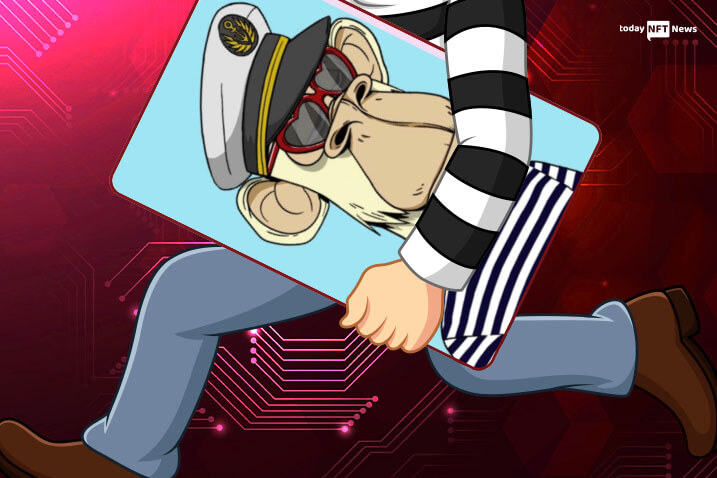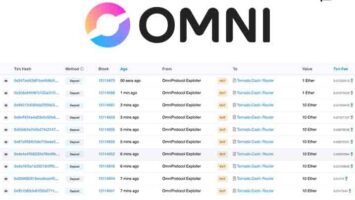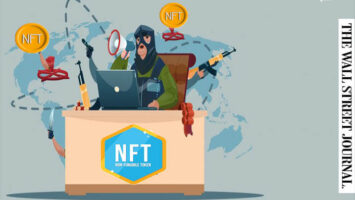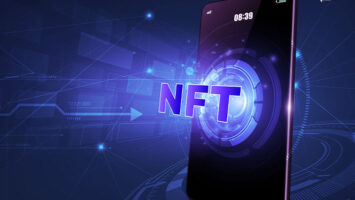NFTs are popular, NFTs are powerful, NFTs are solid investments, NFTs make successful careers and NFTs are misused by fraudsters! Certain bad actors steal NFTs from lawful creators.
So, what to do if your copyrighted NFT is stolen? Fortunately, certain measures are possible such as chasing the thieves or fraudsters via the legal way and taking the matter on a public forum.
The rise in NFT thefts
NFT thefts have engulfed the industry recently. NFT trades’ volume shifting from thousands to millions has led to an increase in copyright theft. Reason behind this illegal event is the fact that NFTs are assets.
Buying an NFT doesn’t mean getting the digital art, rather the art is just an idea of what the non-fungible token is meant to be. In fact, what one gets is a rare hash over the blockchain along with a hyperlink to the artwork’s file and transactional record. Since the artwork is useless, the entire operation moves forward with just anything.
This entire discussion means that fraudsters can easily save the photo followed by selling it like their art. Moreover, minting an NFT is extremely easy which makes such frauds successful. This happens because creators aren’t asked for any proof to show that the art that will be minted is actually theirs. Having said that, they can mint anything they want and nobody can stop them.
Lessons from copyrighted NFT theft
It is on Twitter where the most informative matter of copyrighted NFT theft took place. Tokenized Tweets, a bot, minted screenshots of viral tweets without consent from the authors. Absence of regulatory or legal hurdles made it easy for the bot to make it happen.
Russian artist Weird Undead became the biggest victim who got to know about the bot’s actions when she noticed someone tagging it under one of her recent digital creations. Upon looking into the account, she saw her tweet’s screencap listed on OpenSea.
Not only Weird filed legal notices but also claimed that her tweet’s auction was an insane and useless copyright infringement. This led to the NFT disappearing from the site.
Now this in no way means that the token was removed from the blockchain since transactions that are once recorded on the blockchain are impossible to unrecord. What this means is OpenSea decided to not continue to list it.
Other victims include RJ Palmer and William Shatner.
Rights of NFT buyers
NFTs do not have existence outside the copyright law. When a digital art is made by a creator, a work safeguarded under the copyright law is made. Thus, other individuals are prevented from copying that particular art as well as selling it without the creator’s consent.
Moreover, when someone purchases a non-fungible token, they do not purchase the copyright since the copyright is with the creator only. On that note, individuals have a legal option in case the NFT copyrighted by them gets stolen by bad actors. They have the choice to file a case or report to the police against the site that hosts the art.
Issues related to enforcement
Though copyright theft is not legal, imposing its illegality is an entirely different thing. The NFT market is spread worldwide which is why it is not always possible to report to the police as there are chances that the offender may not be under the correct jurisdiction.
Another issue is that NFT platforms are not bothered about the problem. Until now, there’s no NFT platform that has tried to safeguard artists’ copyright prior to minting, which is in every way disappointing.
If you think there’s an absence of a legal framework meant to be followed by the worldwide platforms, you are mistaken. The international framework, the Berne Convention of 1886, ensures standardized copyright protection when a work is created. Currently, it has over 179 nations as signatories.
Steps to take when a copyrighted NFT gets stolen
Three options are possible if someone mints digital art without approval or copies an NFT and mints it.
- The first alternative is contacting law enforcement.
- Next alternative is contacting a lawyer. If this doesn’t help, creating awareness regarding the fraud is the way. Victims with large following or reach can also lead to the imposter being banned or face social consequences for the committed crime.
- The final option is nothing but waiting.
NFTs are different from other assets and people don’t purchase the digital art that displays the token. No matter what the art is, it would be purchased by them. In case the real utility of an NFT includes access to a community and its perks, there’s nothing for the victim to do to the thief. They would be unable to provide the same value as the NFT and there are no possibilities of making any profit from the art sale.
NFTs are not bought only because they are NFTs, they are also bought owing to the person who’s behind the project. The project might not turn into profit if there’s lack of approval from them.
The otherside
- Bad actors do not copy an art for the sake of profit only. Instead, they might do it willingly and in such cases, the resulting confusion from the recreation of a non-fungible token is favorable for them.
- It isn’t certain if NFT platforms will agree to logically regulate the framework for non-fungible tokens.
- OpenSea has shared time-to-time delisting and banning accounts that sold copyrighted NFTs.
What happens if someone purchases a stolen NFT?
If someone purchases a stolen NFT, they are penalized by OpenSea since it violates the US laws. However, it confessed penalizing even those who bought stolen NFTs unknowingly though they were not at fault.
Generally, hackers take charge of NFTs they steal and list them on various marketplaces.NFTs worth $25.40 were considered suspicious as of early July though most of them were not stolen but declared suspicious by nasty users.
Why it’s a call of concern
The future of Web3 has one major obstacle, which is a sense of danger. Decentralized spaces are secure for IP and understanding the way to battle against copyright theft is an essential aspect of that.









